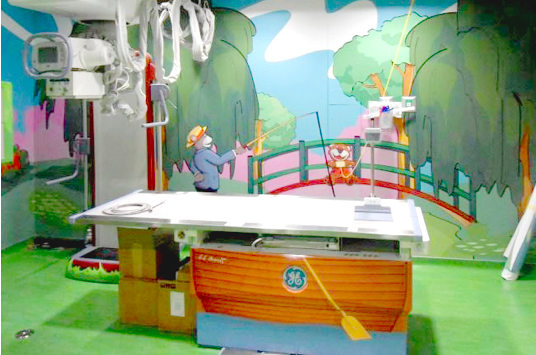
How to perform customer-centric innovation? This is a question I recently addressed in a conversation I had with Alain Hui Bon Hoa.
I/ What’s customer-centric innovation ?
In contrast to listening to the Voice of the Customer in order to innovate, Alain talked about another approach to produce disruptive innovation : customer-centric innovation. This is an approach that Alain deployed while at GE Capital France, relying on GE Healthcare Services Design team. The underlying principle is to identify a new problem to solve for the customer.
This approach relies on observational immersion, watching customers actually use the product/service and understanding how they feel about it. This meets several purposes :
1) What people say they do is not always what they do. Customers usually filter their information based on what they think is relevant for you. They also tend to forget actions that have become a habit. Observation is a great way to reveal insights, especially very valuable insights about the customer pain points .
Ex : Let’s say I want to design a new kind of innovative mirror.
a) Usual Voice of the Customer : tell me what I can do to create a new kind of innovative mirror…
b) Slightly better : tell me what you do with mirrors
c) Sit in a clothing store and watch people use mirrors. What do you observe ? For instance, after a while you may realize that everybody twists backwards in a awkward fashion in order to see how clothes fit. Would that have been revealed by methods a) or b) ?
2) Sitting with people in their daily activities and understanding the broader context. Understanding the jobs that customer are trying to get done with your product/service, often reveals new ways of helping customers

Ex1 : at GE Healthcare Services, a designer sat at an hospital, looking for a way to improve its scanner. What he realized was that the scanner itself was a mean to an end : the key job for the hospital was to get as many people as possible through the scanner to optimize its use. However, children were afraid of the big machine. Therefore they had to be sedated, which slowed down the entire process (and had negative effects on the children). Having identified this wider perspective, GE could innovate by changing the scanning environment and the user experience, to a point where children asked to come back. This innovation is known as GE Adventure Series.
Ex2 : when GE Fleet Services, a car leasing company, realized that some key customers spent hours reporting detailed data from their invoices into spreadsheets for their analytical accounting, it started providing those invoice data in an electronic format, hence acquiring many new customers (this was at a time when electronic invoices did not exist yet).
II/ How to observe customer pains and excitements?
The key to these observations is to demonstrate empathy and curiosity. Detecting the customer pains/excitements can lead to revealing discussions on underlying motives, hence richer insights. This is often referred to as empathy interviews, which can be captured through empathy maps such as depicted below
And, when companies :
- have a global and holistic understanding of their customer
- understand what he/she does and what he/she’s trying to do and how he/she feels
- then, companies have a much more solid base for innovation
That’s what customer-centric innovation is all about. This summarizes the discussion I had with Alain Hui Bon Hoa.
Further readings:
- For more on the fantastic story of GE Adventure Series, and more generally on developing creativity, you may consider the book Creative Confidence
- For another take on customer-centric innovation, please refer here
- IDEO’s website offers multiple examples based on this customer-centric innovation
